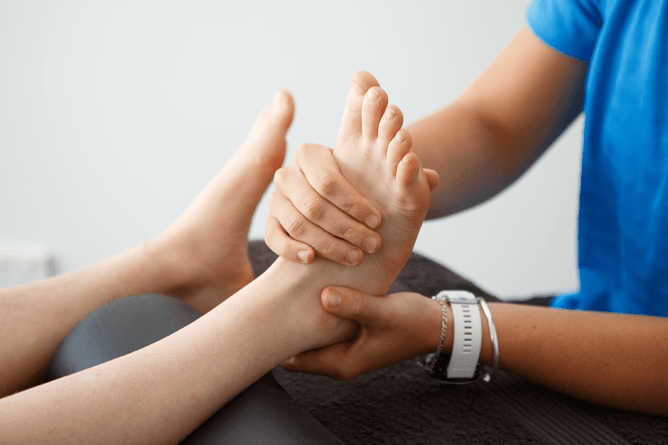The PEACE & LOVE Approach
When an injury occurs, knowing how to respond effectively can make a significant difference in recovery time and long-term outcomes. Traditional methods like RICE (Rest, Ice, Compression, Elevation) have evolved with our understanding of tissue healing, leading to the PEACE & LOVE approach. This modern framework provides a more comprehensive way to manage acute soft tissue injuries while considering the importance of long-term recovery.
PEACE: Immediate Care
After an injury, the first priority is to provide PEACE, which helps to reduce excessive swelling and promote optimal healing conditions.
Protect – Limit movement and avoid activities that worsen pain for the first few days. However, prolonged immobilization can slow recovery, so gentle movement should be encouraged as soon as it is tolerable.
Elevate – Raising the injured area above heart level may help reduce swelling, although the evidence is limited.
Avoid Anti-inflammatories – While it may be tempting to take non-steroidal anti-inflammatory drugs (NSAIDs) to reduce pain and swelling, inflammation is a natural and necessary part of healing. Suppressing it too much may delay recovery.
Compress – Applying a bandage or wrap can help control swelling in the early stages, but it should not be so tight that it restricts blood flow.
Educate – Understanding the healing process and avoiding unnecessary treatments can empower individuals to make informed decisions about their recovery. Passive treatments (like electrotherapy or prolonged rest) may not be as effective as active rehabilitation.
LOVE: Long-Term Recovery
Once the acute phase has passed, rehabilitation should focus on LOVE, which promotes tissue repair, strength, and resilience.
Load – Gradual and progressive loading is essential for optimal recovery. Pain should be used as a guide—some discomfort is acceptable, but excessive pain indicates that activity should be modified.
Optimism – A positive mindset plays a crucial role in rehabilitation. Fear, anxiety, and negative beliefs about injury can contribute to poor outcomes, while confidence and motivation can enhance recovery.
Vascularization – Increasing blood flow through low-impact cardiovascular activities (such as walking, cycling, or swimming) can promote healing and reduce stiffness.
Exercise – A well-structured rehabilitation program that includes strength, flexibility, balance, and coordination exercises is key to restoring full function and reducing the risk of reinjury.
The Shift from RICE to PEACE & LOVE
The PEACE & LOVE approach moves beyond just managing symptoms—it embraces a proactive, evidence-based strategy for recovery. It acknowledges that while rest and protection are necessary in the early stages, excessive immobilization can be detrimental. Instead, it emphasizes active rehabilitation, education, and mental well-being.
For athletes, active individuals, or anyone recovering from an injury, understanding this approach can lead to better long-term results. Rather than just focusing on short-term relief, PEACE & LOVE encourages a comprehensive, structured approach to healing—one that not only gets people back to their activities but helps them return stronger.
This approach was first introduced in a British Journal of Sports Medicine (BJSM) article by Dubois & Esculier (2020), which highlighted the importance of combining immediate care with a progressive rehabilitation plan to optimize healing outcomes.
If you’ve suffered an injury and need expert guidance on your rehabilitation, the physiotherapists at Body Performance Clinic can help you recover safely and efficiently. Get in touch with us today to start your journey back to full strength!
Reference:Dubois B, Esculier JF. (2020). Soft-tissue injuries simply need PEACE & LOVE. British Journal of Sports Medicine, 54(2), 72–73.


